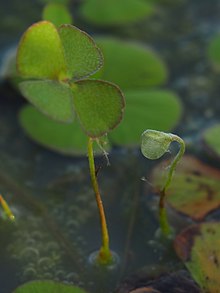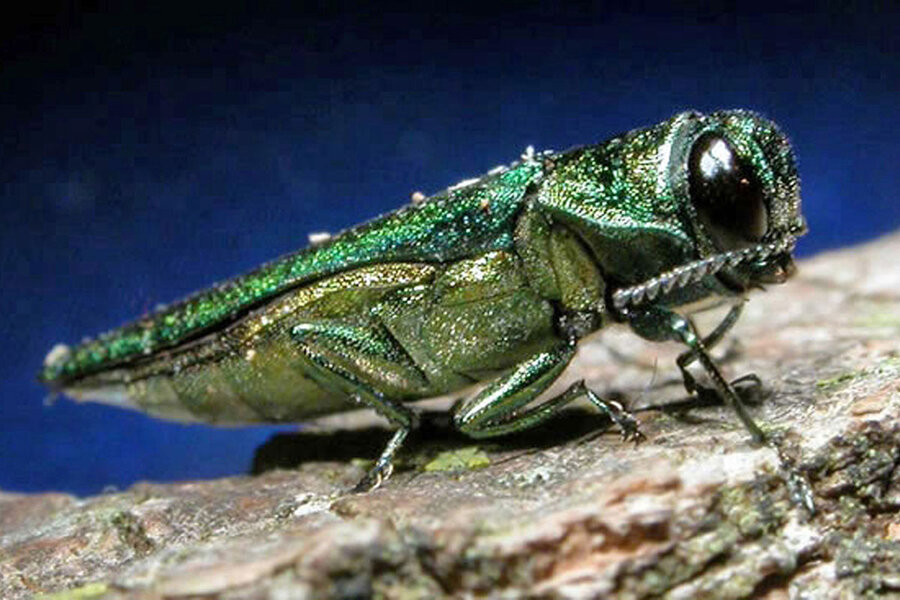Wetlands... What are they? Where are they? What lives here?


Pictures retrieved from: https://a-z-animals.com/reference/swamps-and-wetland/
WHAT ARE THEY?
A wetland is defined as an ecosystem inundated with water. It has a temperature of 59 degrees Fahrenheit to 95 degrees Fahrenheit. In a given year it can receive 1750mm to 2000mm of rainfall per year. (According to a-z-animals.com)
In these areas, water covers the soil all year including during their growing season. Nutrients in the soil are plentiful and the pH is usually neutral for plant life and growth.
Wetlands are an essential part of the ecosystem. The interesting plants in this environment filter water, provide flood and erosion control, and allowing families. During periods of rain, wetlands absorb and slow floodwaters, which helps to alleviate property damage and may even save lives.
TYPES OF WETLANDS:
There are two main types of wetlands throughout the world.
- The First type of wetland is the Coastal/Tidal Wetland
- These wetlands are located where sea (salt water) meets with fresh water to form an environment to support life of wetland plants.
- High growth.
- The second type of wetland is the Inland/Non-Tidal Wetland
- These wetlands are located along rivers and streams inland.
WHERE ARE THEY?
Wetlands can be found all across the world but in the United States, the vast majority of Wetlands can be found in the East half of the county. As shown in the chart below which describes the density of wetlands. The wetlands are very wet and are identified on the map below by their density of water. The darker the blue, shows the wetter the geographical area.

Graph retrieved from: https://www.fws.gov/wetlands/nwi/
WHAT TYPE OF PLANTS LIVE HERE?
There are many different flourishing forms of wildlife that live in these ecosystems. The most common types of trees are Mangroves (Rhizophora mangle). According to Botanists and amnh.org, this plant originally lived in Southeast Asia but the oceans have dispersed them into many different parts of the world.
Mangrove trees live along water, and require a lot of it to survive. They hoard fresh water, and they grow pencil like roots to breath.

Picture retrieved from: https://oceanservice.noaa.gov/facts/mangroves.html
Picture retrieved from: https://www.gardeningknowhow.com/ornamental/water-plants/cattails/edible-parts-of-cattail.htm
Another type of plant found in the wetlands include cattail (Typha). This plant found in water is used to filter water and grow very quickly. They usually grow to reach heights of 3 to 10 feet.

Picture retrieved from: https://en.wikipedia.org/wiki/Marsilea_drummondii
Another type of plant found in wetlands include the Marsilea Drummondii (Marsilea). This plant is a type of fern. It is native to Australia and is most common in inland wetlands. They remain viable for 50 years and produce spores.
CLASS PRESENTER: (Debby Barger, Naturalist)
Our presenter Debby Barger, is a naturalist who graduated from Urbana University. She originally was entering the field of science education (I am also entering education! Although not science, just mathematics!)
She has worked as a naturalist for the state of Ohio for about 20 years. Her facial expressions, and her kindness, and upbeat attitude shows that this is her dream career.
She began the presentation with a discussion on the diversity of ecosystems. All ecosystems are very diverse and include many different species of plants and animals. She was kind enough to show us many of the plants, and animal skins from species from our ecosystem.
She took time to pass around different plant species and animal skins. We were introduced to many of the following plant species below.
- Buckeye
- The Buckeye Tree
- Oak Tree
- The Chinese Oak Tree
- Pine Cones
- Nanny Berries
- Cat Tails
- Milk Weed
- Hickory Nuts
- Garlic Mustard
- Honey Suckle
- Teasel
Some of the animal skins that were passed around included the following below.
- Deer
- Coyote
- Fox
- Possum
- Squirrel
- Snake Skin
- Raccoon
- Deer Antlers
As she passed around different species, she presented on invasive species. She discussed how invasive species have different affects on the ecosystems they interact with. She used the Emerald Ash Bore which is affecting Ohio.
The Emerald Ash Bore is a small bug brought oversees and has no predator. Currently, there are no Ash trees in Urbana Ohio as she discussed.

The Emerald Ash Bore is a small bug brought oversees and has no predator. Currently, there are no Ash trees in Urbana Ohio as she discussed.

Picture retrieved from: https://www.csmonitor.com/Environment/2018/0307/Keeping-the-emerald-ash-borer-in-check
Overall Debby's attitude about the environment and ecosystems was spread throughout the classroom. She had a great attitude and was full of knowledge regarding life in our environment.

Comments
Post a Comment